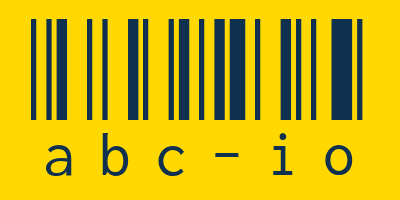- Kodak might not be able to pay down its debt and survive
- The 137-year-old company has been struggling for years
- It’s had a huge impact on photography – and on this author
Travel five hours north of New York City and you can visit the home of Kodak; or more properly, George Eastman’s estate in Rochester, the birthplace of Kodak – and what’s increasingly looking like its final resting place.
The iconic 137-year-old photography company is now in real danger of shutting down for good – although you’d be forgiven if you thought that happened more than a decade ago when the struggling firm first filed for bankruptcy protection.
As a longtime photographer who got his start shooting on Kodak standard and Kodak Ektachrome film, I considered a trek to the Eastman House akin to the journey to Cooperstown for a baseball fanatic.

Kodak, some would argue, single-handedly brought photography to the masses, producing simplified box cameras that asked little more of early amateurs other than “You press the button, we do the rest.” That campaign helped spark a revolution that was arguably as transformative as the more recent one in smartphone photography.
In the early part of the 20th century, Kodak had numerous popular camera series, including the classic and very boxy Brownie, but it was probably the 70-million-unit-selling Instamatic that put a camera in almost everyone’s hands.

Kodak achieved a 1973 version of a meme when its popular film stock, Kodachrome, inspired a 1973 top-10 hit by Paul Simon, one that seemed to extol the film’s virtues:
“Kodachrome
They give us those nice bright colors
Give us the greens of summers
Makes you think all the world’s a sunny day, oh yeah”.

I missed much of Kodak’s early history (geez, I’m not that old), but I grew up with a photographer dad who bought Kodak film and paper in bulk and built a darkroom in our Queens, NY, apartment’s walk-in closet.
Naturally, I caught the bug, and by college I was building my own bedroom darkroom and buying Kodak film in giant rolls that let me spin my own 35mm canisters (and save on what was typically the $5 cost of a single roll of Kodak film).
Honestly, I think Kodak first stumbled when it failed to respond to Polaroid. The latter company first made its name in the 1960s with instant photography, producing the Land camera line that let you pull out the finished print (you just had to apply a thin coat of polymer to essentially fix and protect the image).
After the Polaroid SX-70 arrived (the first single-lens reflex instant camera), Kodak belatedly delivered its own instant cameras, but they never sold as well. Polaroid, meanwhile, has gone through travails of its own, including bankruptcy in 2001 and resurrection in 2020 with a whole new line of instant cameras.

It’s been more than 30 years since the dawn of consumer-grade digital photography, but neither company had much of a response to its arrival, perhaps believing – as many pro photographers did – that digital would never be as good a film.
By the time I visited The George Eastman Museum, Kodak’s glory days were long gone. Consumers, the people who drove Kodak’s original business, had moved on to the next easy photographic platform: their smartphones. Few people these days travel with dedicated cameras, let alone film-based ones; as photographers like to say, “the best camera is the one you have with you”, and more often than not that’s your phone
Perhaps Kodak can take comfort in the fact that today there’s an even easier way to create lasting memories that requires neither film nor a lens: AI. Instead of aiming a camera at a person or scene, you simply dream up a prompt or feed in an image, press a button, and the AI does the rest.

Ironically, Kodak’s possible demise comes just as Gen Z is showing a fascination with analog film photography, although most acknowledge that this flirtation will be short-lived. There are no one-hour photos around these days, and if you want a roll of film developed you might have to drive an hour away or mail it somewhere. Plus, there’s the cost: a roll of Kodak 200 film could run you $10, and developing it might cost an additional $25.
I wish that the reason some people were embracing film again was due to an appreciation of Kodak and what it’s done for the art of photography, but something else is at work here, and it mostly has to do with a return to the joy of anticipation (waiting a week to see how your photos turned out) and the simplicity of analog sharing (taking out a stack of photos and sharing them with one friend who can only comment to your face about that outfit).
Kodak might survive this latest round of fiscal bad news, but it’s clear that we’re never going back to when film was dominant and everyone who sang Kodachrome knew what Paul Simon was talking about.











Add Comment